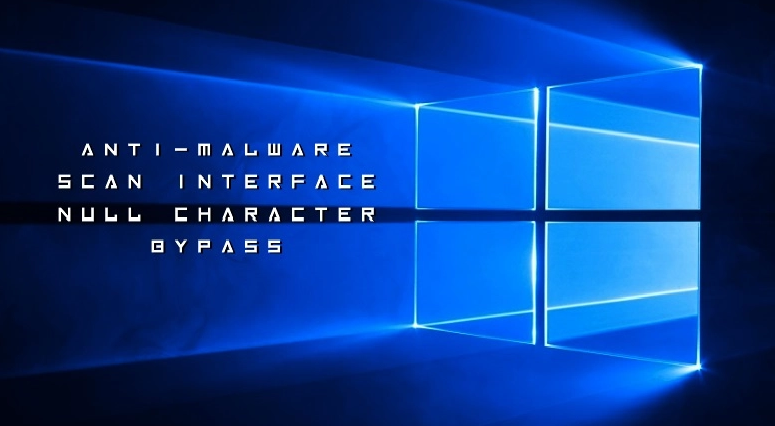The McAfee Advanced Threat Research team recently analyzed a ransomware-as-a-service threat that is available for free and without registration. This malware was first seen in July 2017 with the extension .shifr. It has now appeared in recent detections with the extension .cypher.
Ransomware-as-a-Service
Ransomware-as-a-service is a cybercrime economic model that allows malware developers to earn money for their creations without the need to distribute their threats. Nontechnical criminals buy their wares and launch the infections, while paying the developers a percentage of their take. The developers run relatively few risks, and their customers do most of the work.
Some ransomware-as-a-service, such as RaaSberry, use subscriptions while others require registration to gain access to the ransomware. The ransomware developer hosts a service on the “dark web” that allows any buyer to create and modify the malware. For example, the buyer can add custom ransom notes and the amount of the payment. More advanced services offer features such as evasion techniques to avoid detection and analysis. The service can also offer a control server with an administration panel to manage each victim. This system is convenient for both the developer, who makes money by selling malware, and for buyers, who gain ready-to-deploy ransomware without needing any specific coding knowledge.
The underground economy behind this service is well organized, effectively offering a cybercrime infrastructure. Basically, the ransomware is available on a website. The buyer sets up the ransomware by adding a wallet address. The ransomware is then available to download. The buyer just needs to customize and spread the malware. When a victim pays the ransom, a percentage is delivered both to the buyer and to the malware coder.

The ransomware is available on the TOR network at hxxp://kdvm5fd6tn6jsbwh.onion. A web page guides buyers through the configuration process.

On the configuration page, a generic XMPP address suggests we may have found a demo version of the ransomware.
On the page, the buyer need only to add a Bitcoin wallet address and the amount of the ransom. Once that is done, the malware is generated and can be downloaded. With this malware, the developer earns a 10% commission on every payment. Now let’s look at the malware sample.
Dynamic Analysis
When the malware launches on the victim’s system, it checks for an Internet connection. If there is none, it exits the process. Otherwise, it contacts the following addresses to download the encryption key:
To read the original article:
https://securingtomorrow.mcafee.com/mcafee-labs/free-ransomware-available-dark-web/
